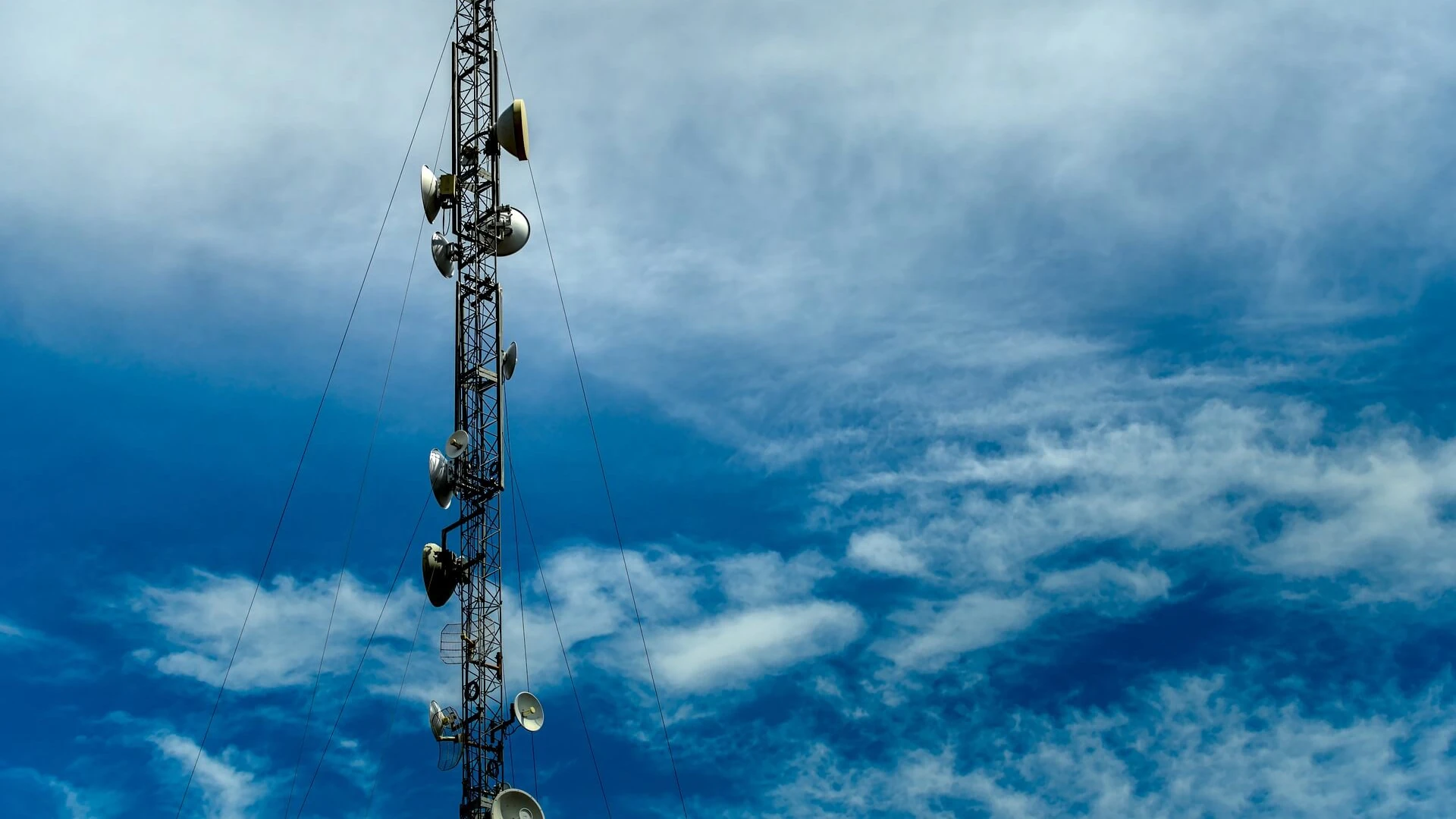
Wireless Backhaul Solution
Project Summary:2009 - 2014
The challenge was to provide internet access to six field offices on time and within budget for the I405 project, one of the largest design-build projects in the country at the time. The project consisted of an Integrated Project Office (IPO) and six other field offices located approximately 14 miles north of the central office. All the northern offices faced logistical challenges in obtaining internet connectivity. These issues stemmed from either geographic factors, such as the canyon location, or budget constraints.
As a cost-effective solution, I designed, configured, and managed a wireless backhaul network using line-of-sight microwave radio antennas from Ceragon Networks. To implement this solution, I utilized the IPO's MPLS circuit from the 7th floor, extending it to the rooftop through a fiber optic cable. On top of the building, I installed a 2-foot wireless microwave radio antenna, which connected to Pepperdine College's antenna. Our building obstructed the line of sight to the field offices, but atop the Pepperdine building, there were three radio antennas: one connected to the IPO and two others pointing to the field offices.
The first radio antenna on top of Pepperdine connected to the Los Angeles Veterans Hospital, which posed a challenge as there was no power on the roof. To address this, I ran Power over Ethernet (PoE) ethernet cables from the Ceragon switches. The hospital was linked to our Segment 1 office, situated off I405 and Wilshire Blvd., within the Caltrans yard. The second radio antenna at the hospital was connected to our Exposition Yard.
The second radio antenna at Pepperdine College was linked to the Santa Monica Mountain Conservancy. This set of radio antennas on the mountain presented another power issue, which I resolved by incorporating solar panels and a battery bank. The Santa Monica Mountain Conservancy utilized three wireless radio antennas to connect to field offices in the canyon. The first wireless antenna linked to the Equipment Yard, located off I405 and Getty Center Dr., responsible for all heavy equipment on the project. The second wireless antenna connected to Segment 2 and the Utility Yard, positioned about a mile north of the Equipment Yard, off Sepulveda Blvd. The third wireless radio antenna connected to the Segment 3 office, situated off Sepulveda Blvd. and Mission Dump Rd. This office oversaw the final segment of work on the project.
All the aforementioned field offices accessed the internet through the IPO, the local LAN, IPO servers, and the voice-over IP system via this wireless backhaul network. This solution resulted in estimated cost savings of $250,000, achieved by eliminating recurring MPLS internet costs, expensive routers, and other network equipment for each field office. Instead, each site only required a Ceragon wireless microwave radio, layer-3 managed switch(es), and wireless access point(s).
The successful coordination of various agencies and technologies was a significant factor in the success of the I405 Sepulveda Pass Widening Project.